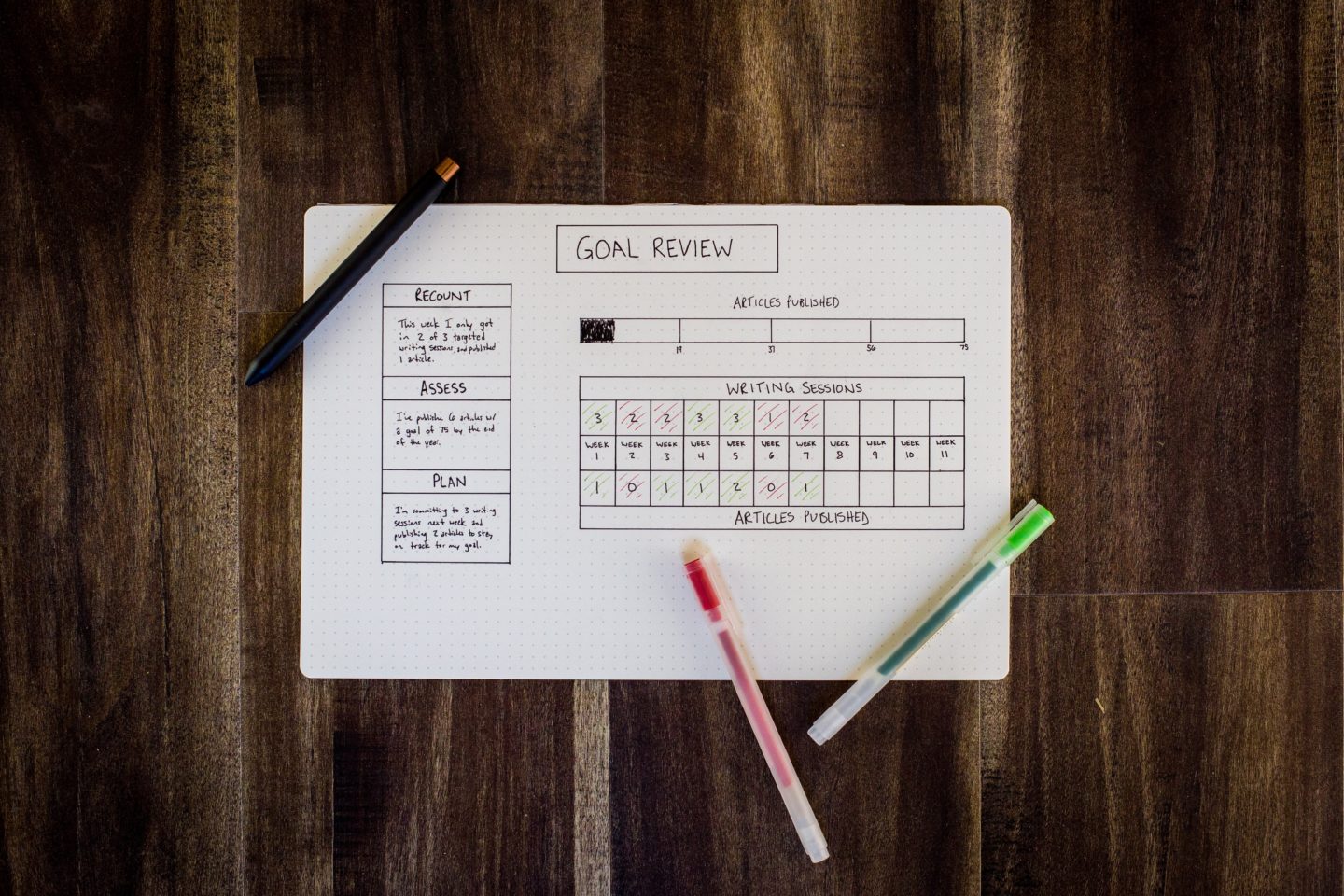Meetings are one of the things an organization cannot do without. Although everyone in a meeting may come with a prepared mind, the person-in-charge of a meeting determines how it goes and its effectiveness.
As much as it is important to keep an open mind and allow every participant in a meeting to contribute, there are instances that may go out of hand.
A contribution from attendees can make the meeting deviate from its main purpose. In the end, nothing significant would have been achieved.
That is why a meeting needs both leadership and facilitating skills to be effective.
Most meetings do not lack a leader, as there is always someone presiding. But, a lot of meetings lack a facilitator.
One of the expected characteristics of a leader is being a good listener. And as a good leader, you may be tempted to listen to every attendee even when you know their argument is out of the context of the meeting.
Such attendees will make the time spent in the meeting longer and with no justifiable reason. A meeting like such is what a Forbes article described from the perspective of an attendee thus:
“They disrupt workflow and leave you with the feeling that the organizer doesn’t appreciate your time.”
To avoid making your meeting attendees feel the same way at the end of a meeting ― don’t just lead meetings, facilitate them!
Steps to an effective meeting
To conduct a productive meeting as a facilitator, here are the factors to consider:
People
There are times some people will come to the meeting feeling angry – emotions are important for authentic interactions between participants. However as a facilitator, you need to find balance between suppression and expression of emotions.
One participant’s anger can provoke other attendees and may lead to unnecessary arguments that will eventually debar you from achieving the purpose of the meeting, so keep the watchful eye.
Timing
You’ve probably used a timer app, an hourglass or a Time Timer before. Timers are increasingly popular tool in meetings.
Determine how long the meeting will take. Anticipate the need for contribution and duration of time that will be dedicated to each attendee to talk. Keep track of your time with products like Timeqube. Timeqube will smoothly alert you on how long the meeting has been. It will also help everyone know when time’s abused by someone in the meeting. Make sure the meeting is not hijacked by one or two talkers. It is your role to block the talkers and give voice to those more introverted meeting participants.
Content
A meeting agenda is like a guideline for the discussion. Anything that is not on the agenda should be considered out of the meeting’s discussion. Things to consider as a facilitator when drafting a meeting agenda include:
Tasks: Identify the reason why the meeting is summoned in the first place. List the tasks expected to be achieved at the end of the meeting.
Positions of the attendees: It is not everybody present in a meeting that should be allowed to speak freely on every raised discussion(However it is generally not a good idea to suppress those who raise hand to talk). The contribution should be based on how the discussion pertains to the attendee and it is facilitator’s role to assess that relation.
Focus on management of the discussion instead of how many things were discussed. It’s always quality over quantity as discussion quality leads to more effective interactions overtime and builds trust.
Summary
Here’s a quick checklist for the meeting to assess its effectiveness
- You as facilitator feel you’ve done a good job
- People are satisfied with the meeting (Ask or do a checkout round!
- There are action points decided. This include actions agreed in the meeting to be taken against a situation for instance. Scheduling a follow-up meeting is the simplest action point if the team needs more time to discuss.
Go to https://timeqube.com/ for more information on how to effectively facilitate meetings using our Timeqube Timers.






